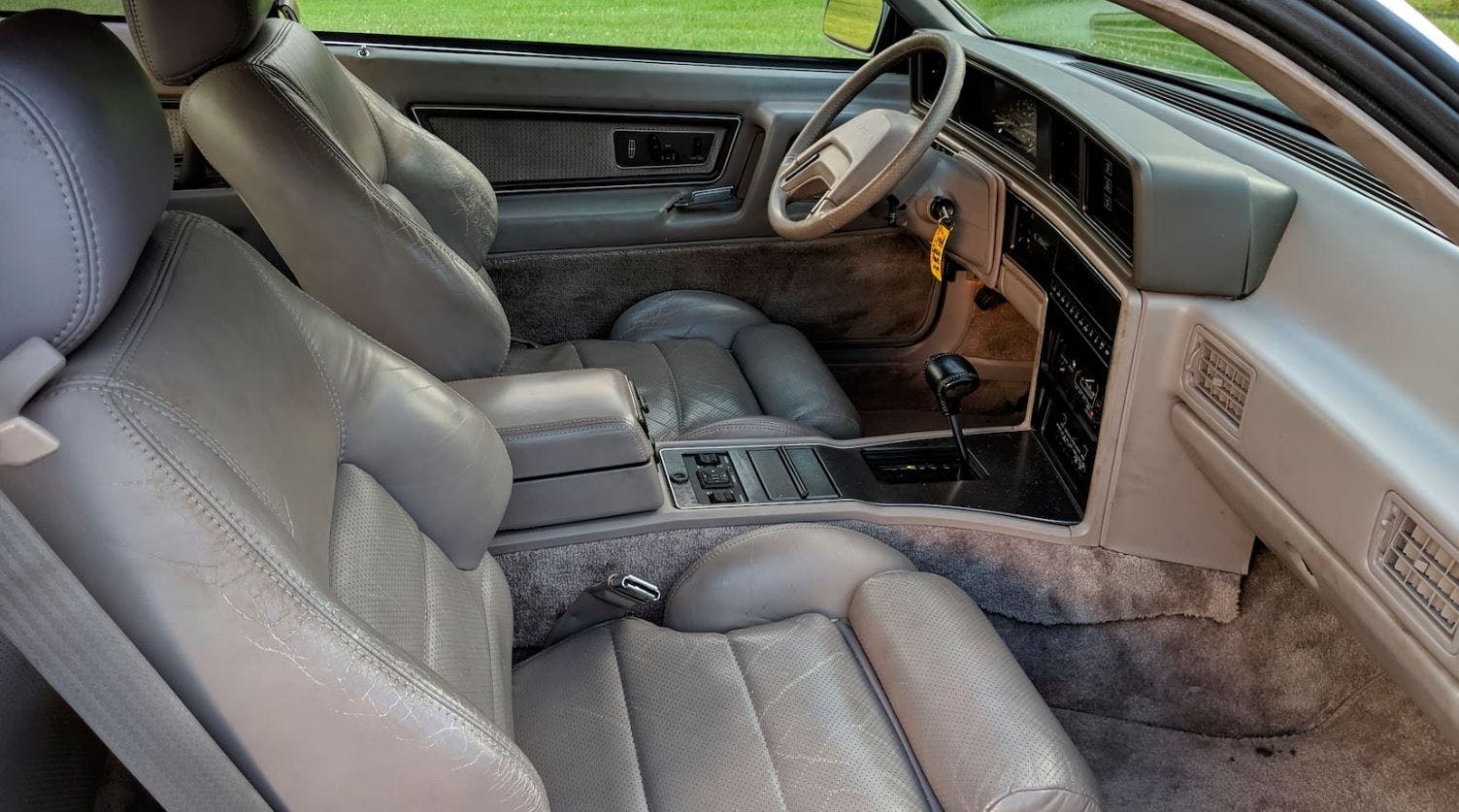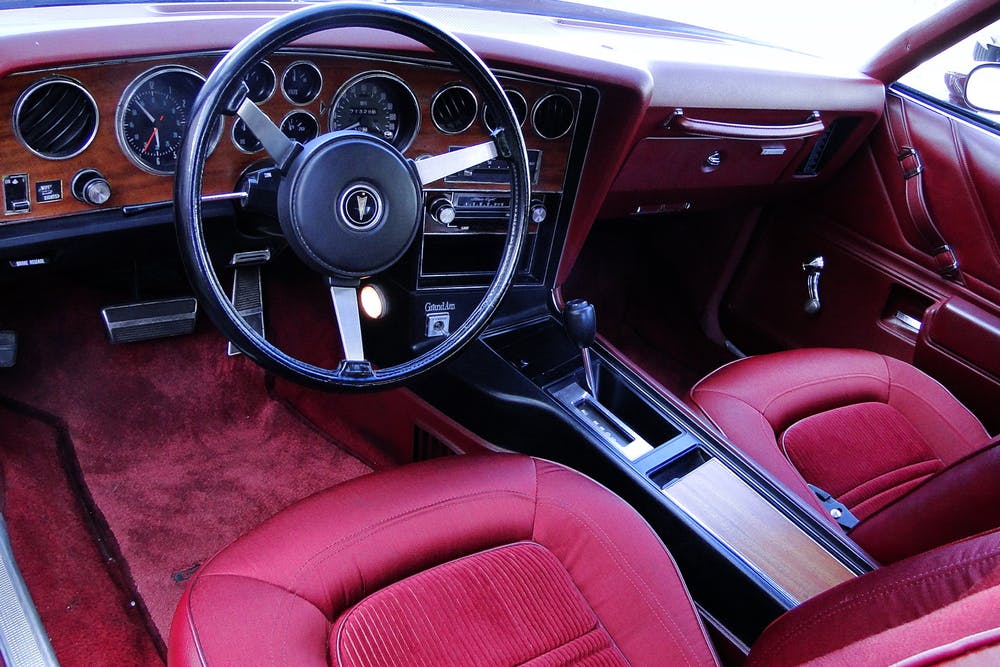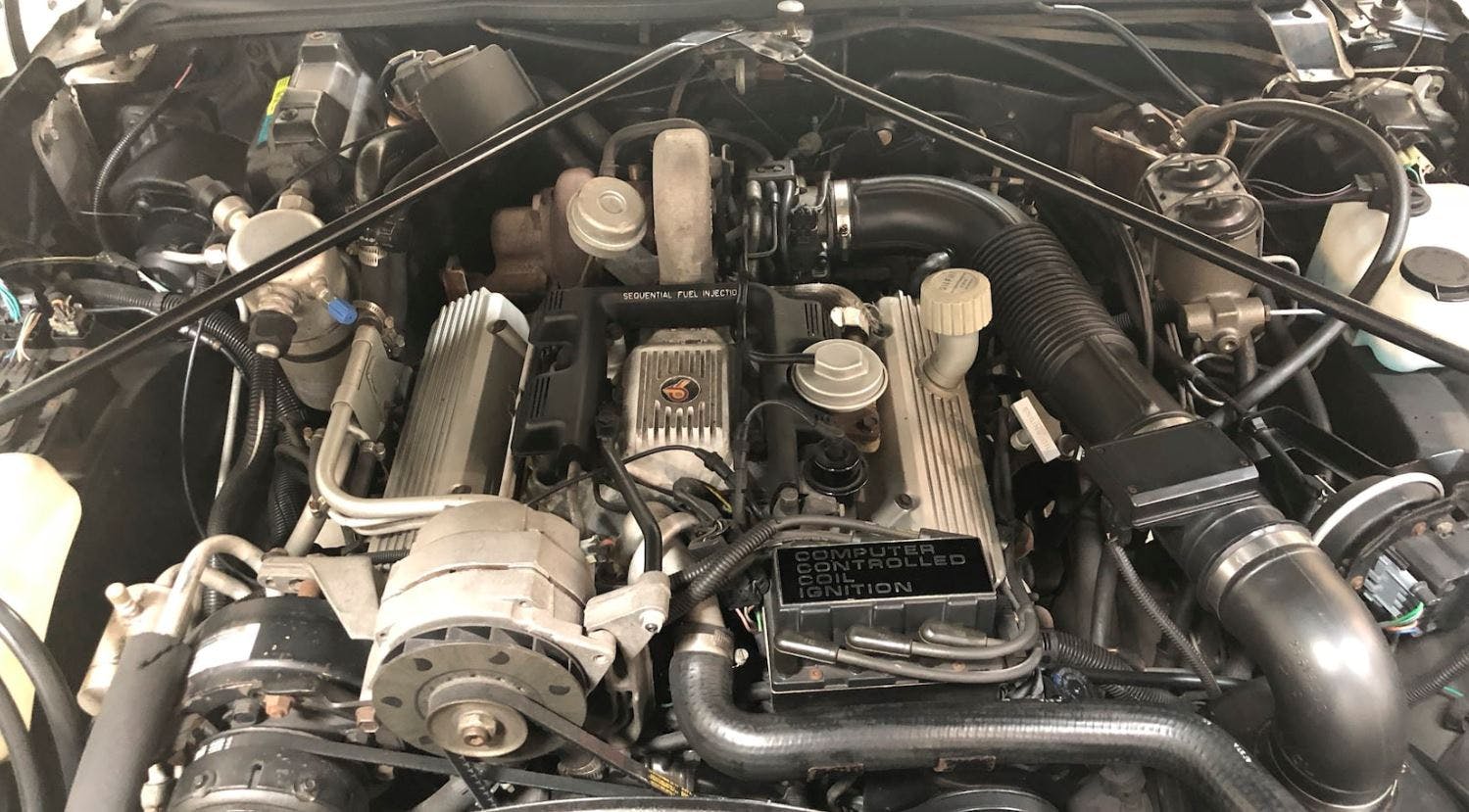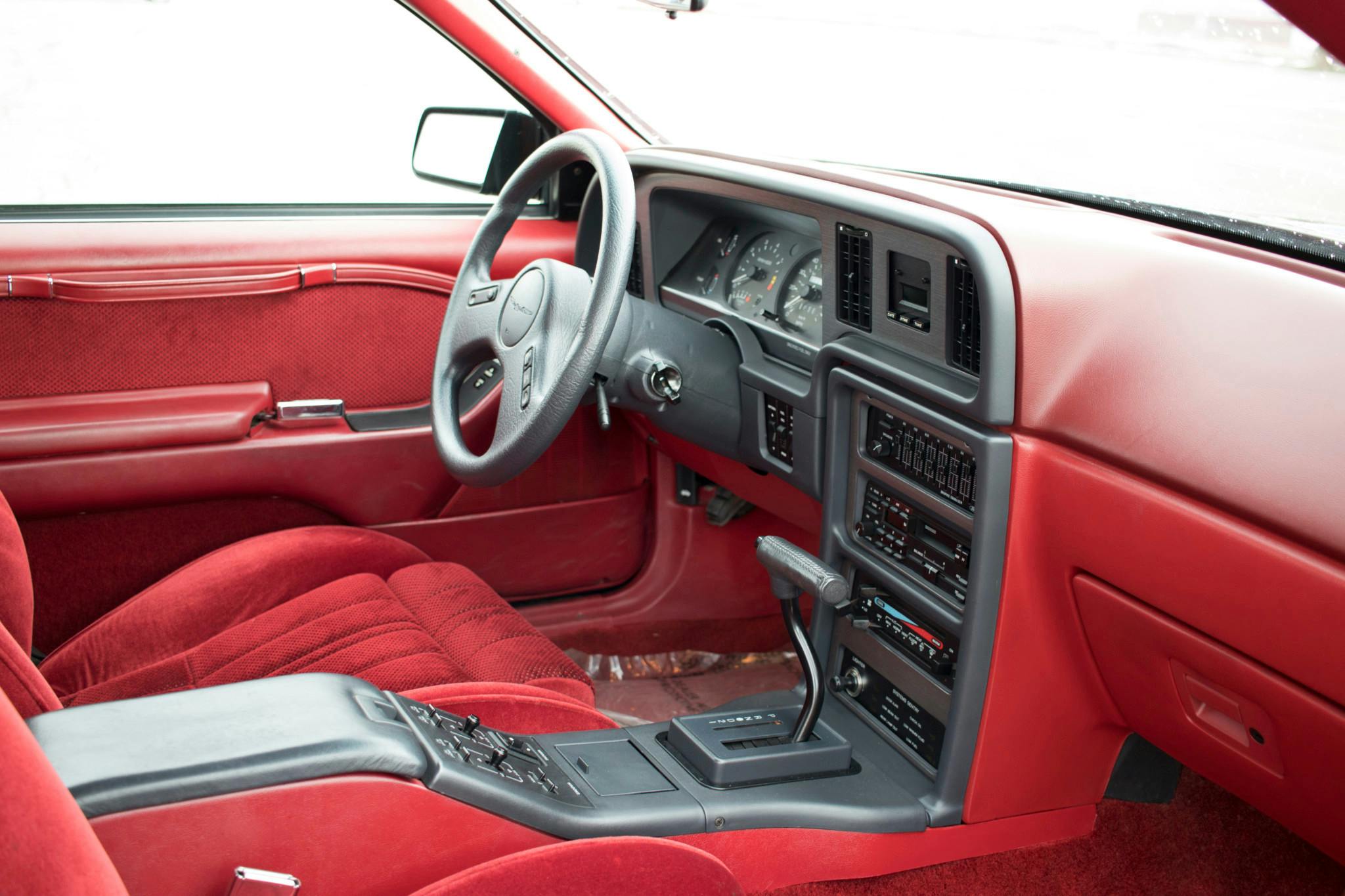4 tempting personal luxury cars you can own for under $12,000
While there’s some debate about when the personal luxury car came into being, it is generally agreed upon that the 1958 Ford Thunderbird is the car that set the standard for all to follow. The standard being a mass produced coupe with an emphasis on comfort and amenities over performance. That doesn’t always need to ring true though.
Ask any owner of a supercharged Studebaker Avanti, Pontiac Grand Prix SJ, or Monte Carlo SS 454, and they will tell you just how a car can be luxurious and quick at the same time. Personal luxury is perhaps one of the most affordable ways to get into a sporty classic without breaking the bank. They are often overlooked in favor of more performance-specific models they already share many components with.
Here are four examples of how much car you can get in Good condition (or far better) for less than $12,000.
1973–75 Pontiac Grand Am
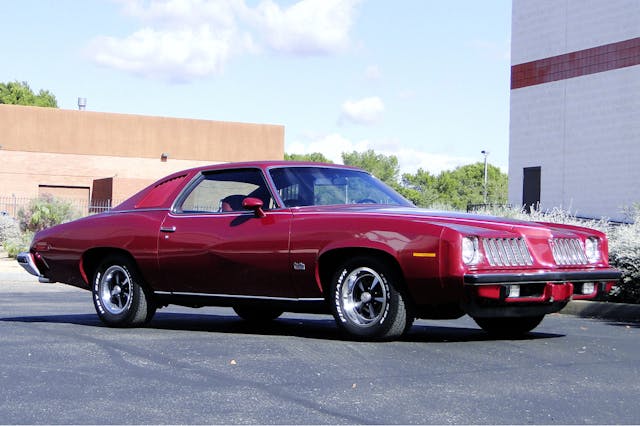
Average #3 (Good) value: $10,400
If horsepower sold cars in the early-’70s, sporty personal luxury certainly sold them in the mid-’70s. General Motors was the most prevalent, shotgunning as many sporty models at the market as it could handle. Some were a smash hit, like the Cutlass-based Hurst Olds and Chevelle Laguna S-3, others fell into obscurity like the 1977 Pontiac Can Am and 1973 GTO.
Possibly one of the more overlooked models is the Grand Am, and no, I don’t mean the front-wheel-drive version that used to be a staple at the “no credit, no problem” dealerships. The Grand Am originated in 1973 when all of GM switched over to Colonnade styling but featured sportier bits such as an Endura nose, strato bucket seats, and even fake NACA duct hood scoops, although these styling choices has a bit of a Marmite effect on people. Power came from a standard two-barrel, 400-cubic-inch V-8, although a four-barrel 400 and 455 were optional, and a relatively low number were even equipped with four-speed manual transmissions. Examples today are incredibly uncommon but are a relative bargain when you consider the wow factor of driving around in a car that few remember when new.
Driver-quality cars can be had for just a touch over $10,000, although pristine cars will run you into the mid-20s. As with any Colonnade GM car, buying a project-grade car is ill advised unless it’s a passion project. The aftermarket has flat-out ignored this segment for decades, meaning that restoration parts will come from donor cars or a disappearing stock of NOS, so it’s best to buy the best example you can afford.
1984–92 Lincoln Mark VII
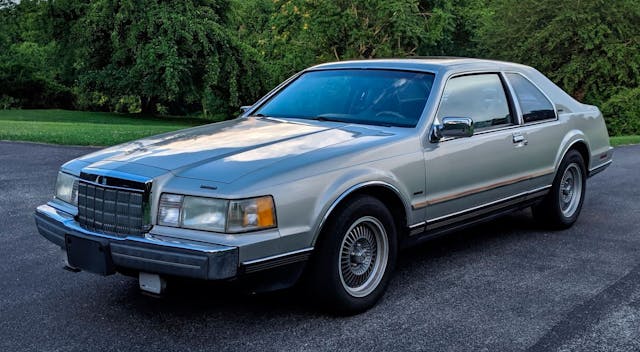
Using Ford’s still-new Fox platform, Lincoln introduced the new Mark VII in 1984 (called the Continental Mark VII at that point). As the first vehicle sold in America with European-style, flush fitting headlights, there’s no doubt the Mark VII was a major departure from the land yachts that Lincoln was producing through the late ’70s. There was even a Mercedes-inspired performance package called the “Luxury Sports Coupe.” Not only did the Mark VII LSC share the Fox chassis with the Mustang, but it also received the same spec 5.0-liter V-8 used in the Mustang. A BMW diesel was offered as well, which sold poorly and was eventually dropped form the lineup.
Unlike the Mustang though, the Mark VII came with a plethora of standard features, such as four-wheel air suspension, power trunk pulldown, and digital dash, and was an early adopter of keyless entry. Four-wheel anti-lock brakes were even standard in 1986. Lincoln Mark VII values have remained quite affordable over the years, with the average value of a driver-quality example remaining less than $5000, and the best ones rarely tick over into the low teens. Great examples are harder to come by than comparable Mustangs, however they present a very affordable and somewhat more interesting alternative.
1983–88 Ford Thunderbird Turbo Coupe
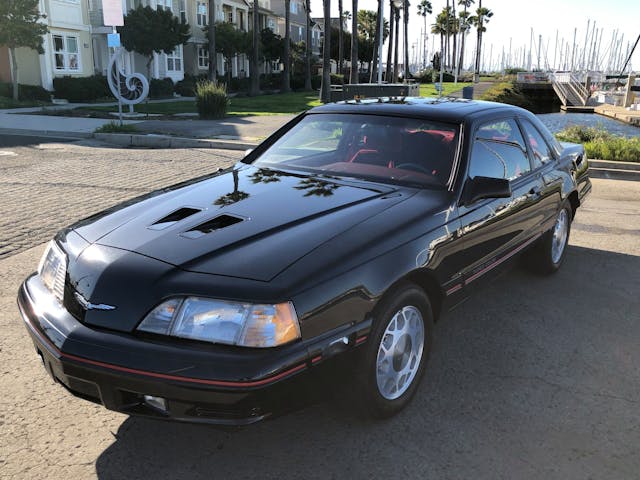
When it comes to personal luxury as we know it today, the Thunderbird is one of the earliest pioneers of the concept. After failing to dethrone the Corvette as America’s sports car, Ford shifted gears and reimagined the Thunderbird into the “luxury car with a sporty flare” that it became for the remainder of its production run. With the introduction of the Fox platform in 1978, Ford quickly adopted the Thunderbird to its new mid-size platform for 1980, updating it to the ninth-generation Thunderbird in ’83. The update made for much sleeker styling, as well as the introduction of the sporty Turbo Coupe. It was the Thunderbird’s sportiest model and included a turbocharged 2.3-liter four-cylinder engine making 145-horsepower. A five-speed manual transmission came standard with a Traction-Loc differantial.
A major face lift was done in 1987, giving the Turbo Coupe a more sporty and aerodynamic look. It wasn’t an “all show and no go” affair though; the four-cylinder was upgraded with an intercooler, which boosted output to 190 horsepower, making it comparable to the Mustang SVO. The ’87 and ’88 models are most sought after for their looks and performance, although earlier models shouldn’t be ignored. Like the Mustang SVO, the Thunderbird Turbo Coupe is a lot of car for the money and represents that time in the ’80s when anything that was turbo was fast and cool.
1981–85 Buick Riviera T-Type
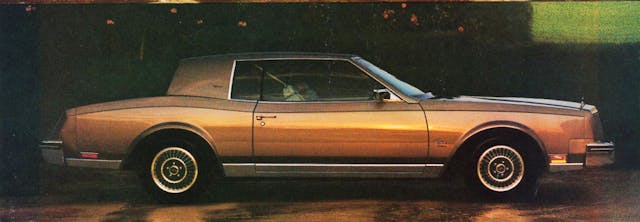
A Buick Riviera what?!?! Yes, that’s right, the Regal was not the only Buick in the ’80s to get a T-Type package. With the Riviera jumping on the front-wheel-drive bandwagon with the Olds Toronado and Cadillac Eldorado, it is inconceivable to think that Buick would be interested in a performance package. However the longitudinally-mounted engine layout designed to fit the 307-cu-in Oldsmobile V-8 meant that the smaller 3.8-liter V-6 had plenty of room for turbocharged activities. Sure, Buick hadn’t tuned up the 3.8 to be the fire breathing monster it was in 1987 in the Grand National and GNX, but when you consider the anemic 307 made a whopping 140 horsepower, the 190–200 horsepower of the 3.8 (depending on year) is a welcome increase.
The Riviera has been Buick’s top-of-the-line luxury model since the early-’60s and, with that pedigree well established, few people are likely to expect the kick that the T-Type possesses, especially when you rip a righteous front-wheel burnout for all to marvel. While quite uncommon, T-Type Rivieras are a relative bargain compared to the Regal, with a unicorn level turbocharged convertible selling for $22,000 in 2018. Yes, said droptop doesn’t wear the T-type’s badging, performance wheel/tire package and that 1980s charcoal accents, but its boosted heart is clearly in the right place. No matter, front-wheel drive is not everyone’s cup of tea—it wasn’t in the ’80s and it certainly isn’t now—but if you’re gonna have it, the car might as well have a turbo.

